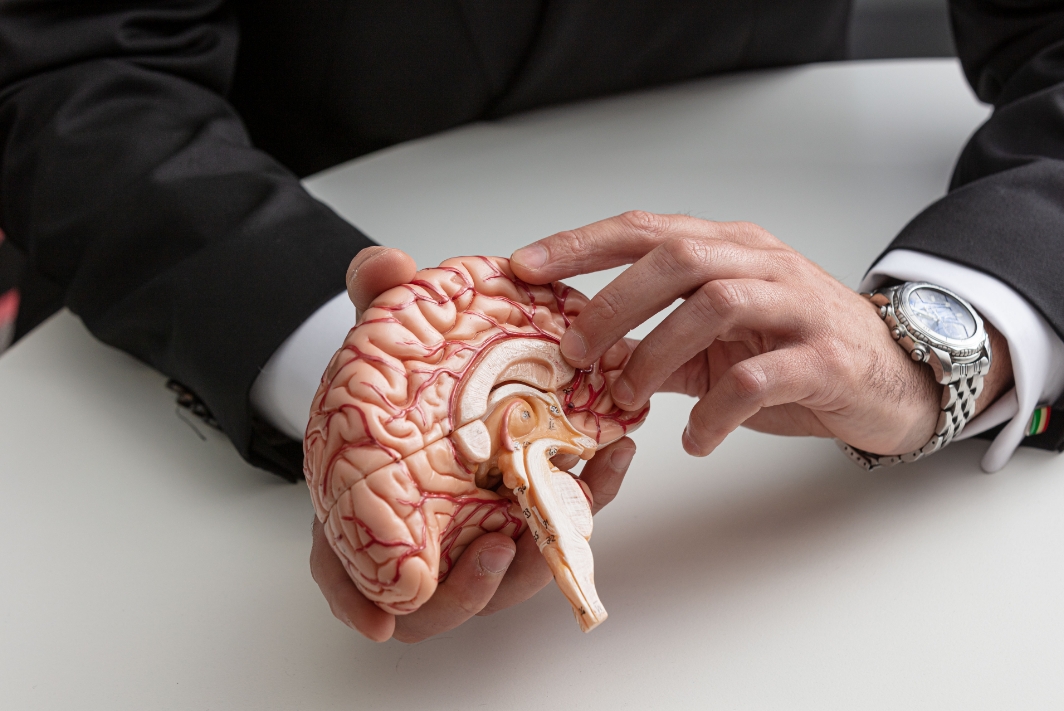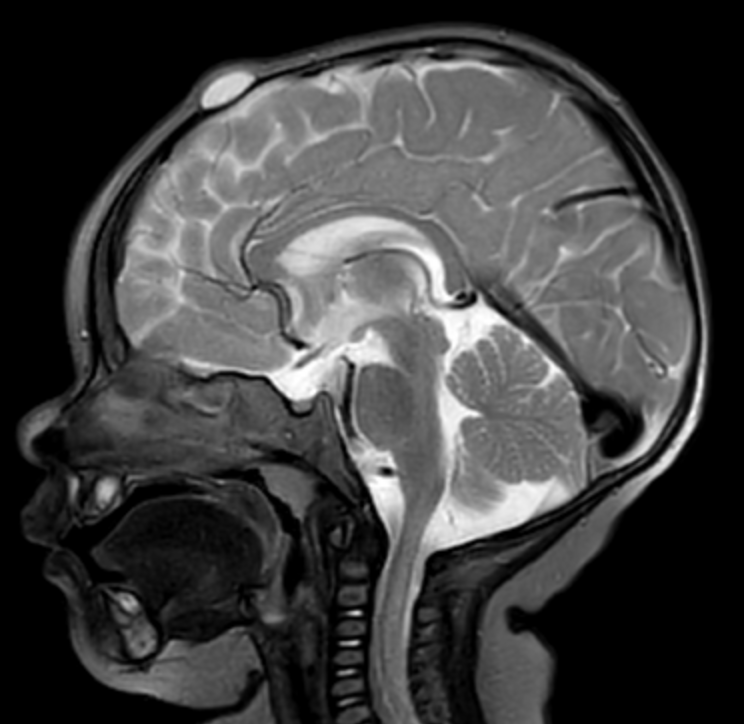Dermoid Cysts and Scalp Lesions

A dermoid or dermoid cyst is a benign (non-cancerous) skull lesion, that grows from a sac of trapped skin cells during foetal development. As the trapped skin cells continue to grow, shred off, and also produce normal skin elements like hair, sweat, and oils, the cyst slowly grows over time beneath the surface. It can form a lump under the skin of the skull or extend deeper, potentially into the bone or even the brain’s protective layers.
They are filled with skin-related elements like keratin, oil, and hair and are usually visible as a painless lump, often present at birth but diagnosed in childhood. Surgical removal is the recommended treatment to prevent future complications.
Location and types
Dermoid cysts are most common in the head and neck especially in children, with the skull being a frequent site, often appearing on the scalp or around the eyes and nose. They can appear as a palpable, rubbery bump on the skin, but they can also grow deeper, affecting the bone of the skull or, less commonly, the dura mater (the protective layer around the brain).
Symptoms
- A visible, painless lump on the head or face, sometimes noticeable at birth or later in childhood.
- The skin over the bump typically looks normal.
- They can sometimes be tender or painful, especially if they are large or have grown into the bone.

Diagnosis
Doctors can usually diagnose them with a physical exam and imaging techniques like CT, MRI, or ultrasound.
These images help show the extent of the lesion and whether it has involved the underlying bone or protective layers of the brain.
Treatment
Surgical removal is the standard treatment for a dermoid cyst, especially if it is symptomatic, growing, or at risk of rupturing
The ideal time for surgery is when the cyst is small and has not grown significantly into the skull or brain.
Complete removal of the entire cyst and its sac is important because the cyst is unlikely to grow back if fully excised.
If the cyst has grown into the skull bone, the surgeon may need to scrape or drill out the affected bone.
If left untreated, the cyst may grow, become infected, or cause complications if it is large enough to affect nearby structures.
With complete surgical removal, dermoid cysts are unlikely to recur.
Please contact us if you require any further information or for booking a consultation with A/Prof Eibach via admin@mqneurosurgery.com or 02 9812 3900
